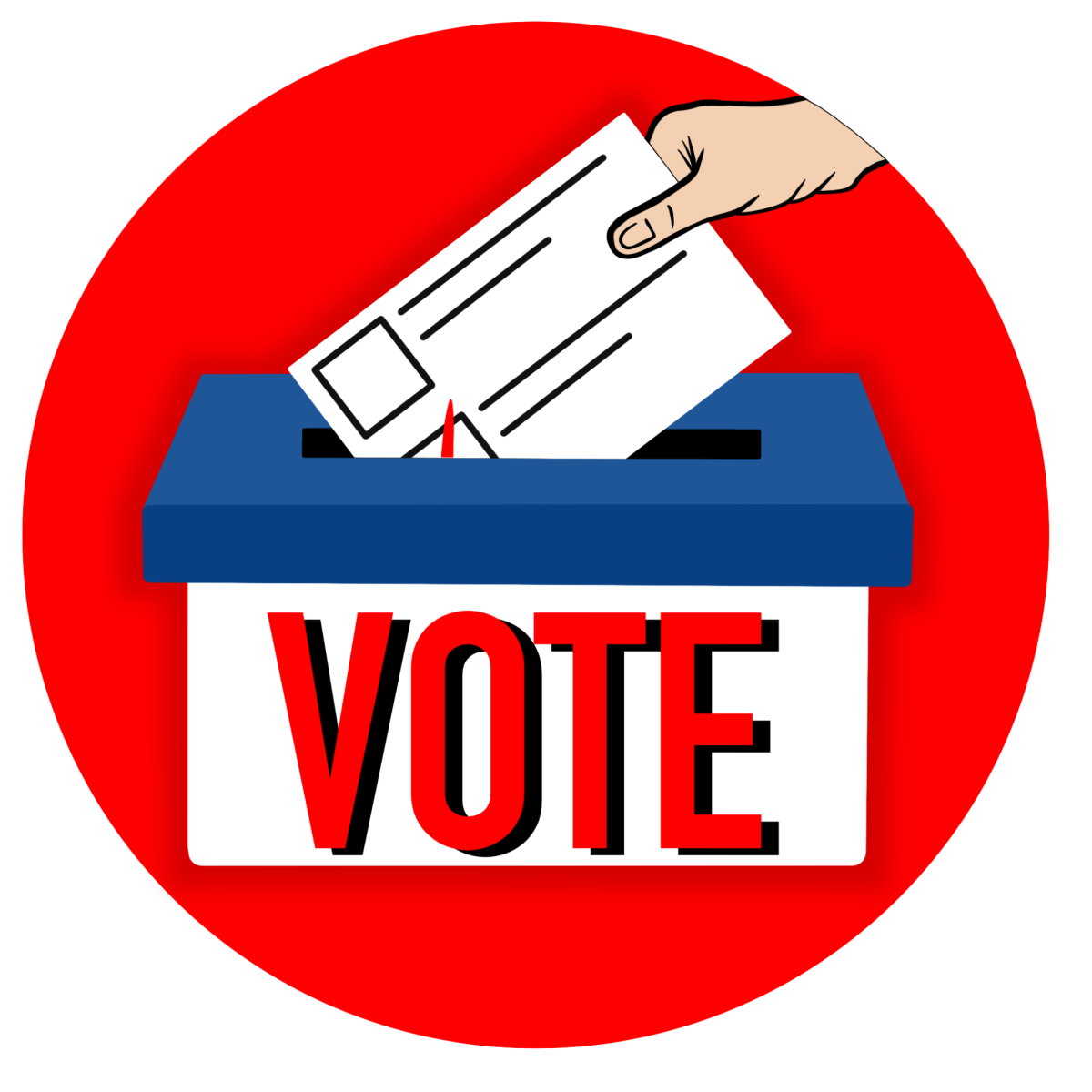Feminine hygiene products are included in the sales tax base in most of the United States. Consequently, half the population in the United States is taxed every month when purchasing supplies for menstruation. This burden has been coined the “tampon tax.”
Over the past few years, twelve states decided to exempt feminine hygiene products from their sales tax, causing the entire nation to contemplate what effect taxing tampons and other sanitary products has on the entire population.
Proponents in favor of eliminating the tax on feminine hygiene products were immediately met with resistance by parties who argue several claims:
First, there is not, and has never been, a specific tax on tampons or any other feminine product.
The common phrase “tampon tax” may be misleading to audiences who don’t understand the context behind the words, but just because feminine hygiene is not being taxed specifically does not change the fact that it is being taxed in the first place. The argument is not whether a specific vendetta is being fulfilled by targeting a certain type of consumer, but rather that those consumers are being taxed unfairly through a large system that is not considering their needs.
Secondly, an ideal sales tax should not make any exemptions at all in an effort to ensure the lowest possible rate on all products.
While this is a fine sentiment, states have widely exempted or reduced the tax of items such as groceries (raw materials), prescriptions and agricultural supplies for many years. The ideal sales tax does not exist in the first place, so tampon tax supporters cannot be blamed for disrupting the supposed perfect system.
Thirdly, the aforementioned items are exempted on the basis of necessity versus luxury, a model which should not be used.
In this case, necessity refers to items that each state feels every human being has the right to buy, untaxed, for basic survival, such as produce and medication. Some parties argue that neither necessity nor luxury should constitute sales tax exemption; however, that standard is already in practice. Consequently, because feminine hygiene products are not currently considered items of “necessity,” they must be considered a “luxury.”
Herein lies the problem. Menstruation, a biological process that women must deal with, is not optional and therefore not a luxury. Women from all demographics spend six to 10 years of their life menstruating and thousands of dollars on hygiene supplies. Added taxation straps women financially.
There is no comparable product men must buy, including condoms, which is not optional as well as essential to basic life like hygiene products are for menstruating women.
In addition to the financial strain women face, taxing feminine hygiene products influences society’s perceptions of women and menstruation. For many years, menstruation has been a taboo subject, one most people avoid in public spaces. This behavior sends the message that menstruation is dirty and wrong and that it must be hidden. These feelings of shame determine how men see women as well as how women see themselves.
The modern arena has taken large strides in changing these perceptions so that women’s natural biology can be treated as such, but what does a continuous tax on menstruation supplies say? It maintains the attitude that women have a choice when it comes to their periods when in fact they don’t.
It all comes down to priorities.
Should the sales tax maintain a limited exemption policy to discourage other product lobbyists from fighting for their products, or should priority be placed on items proven to be necessary for half the population—including all demographics and differences?








